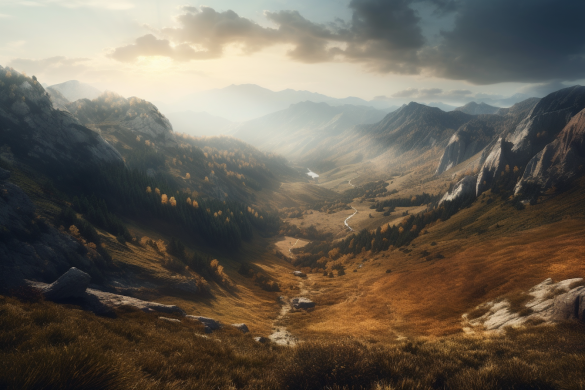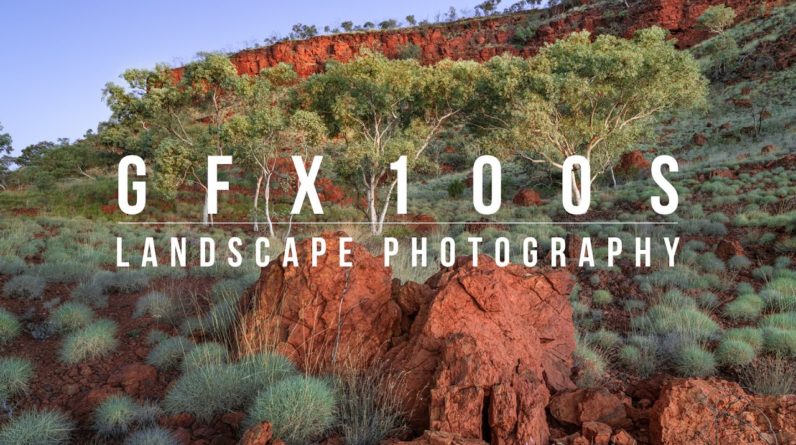As travel enthusiasts, we often find ourselves captivated by the beauty and diversity of the destinations we visit. Every journey we embark on becomes a tapestry of experiences and emotions that we wish to treasure forever. This is where the magic of travel photography comes into play. It is not just about capturing picturesque images; it is a powerful tool for preserving memories and telling compelling stories. Through this article, we will delve into the art of travel photography and explore how it can transport viewers to different destinations, evoke emotions, and create lasting narratives.
The Art of Storytelling Through Travel Photography
At its core, travel photography is about storytelling. It goes beyond the mere act of taking aesthetically pleasing photographs. It is the art of capturing moments and encapsulating the essence of a place, allowing viewers to experience the emotions and narratives embedded within the images. Whether it’s the joyous celebration of a local festival or the tranquility of a serene landscape, travel photography has the power to transport viewers and ignite their imagination.
Choosing the Right Subjects and Moments

One of the keys to effective travel photography is selecting subjects that truly represent the spirit of a destination. Look beyond the obvious landmarks and seek out the hidden gems that encapsulate the soul of a place. It could be the weathered hands of a street vendor, the laughter of children playing in a village, or the intricate details of local craftsmanship. These subjects have stories to tell, and it’s our role as photographers to capture and convey them through our lenses.
Timing is crucial in travel photography. Be ready to seize those fleeting moments that truly define a place. The golden glow of sunrise casting its magic upon ancient ruins, or the warm hues of sunset illuminating a bustling street market, these are the moments that tell stories. Anticipate and be prepared to capture them, for they often hold the essence of a destination.
Creating a Visual Narrative
To weave a captivating visual narrative, it’s essential to consider various elements of composition, lighting, and perspective. These techniques can enhance the storytelling aspect of travel photography. Experiment with different angles, leading lines, and framing to guide the viewer’s eye through the image. Play with light and shadows to evoke the desired mood and atmosphere. A well-crafted visual narrative can transport viewers and immerse them in the story you wish to convey.
Capturing Cultural Significance
Travel photography is not only about the aesthetics; it’s also a means of documenting and preserving cultural heritage. Cultural traditions, rituals, and festivals are rich with stories waiting to be told. Capture the vibrancy of traditional costumes, the intensity of religious ceremonies, and the energy of cultural celebrations. These photographs not only serve as visual records but also contribute to the preservation of cultural diversity and the appreciation of different traditions.
Emotion and Human Connection
Photographs that capture genuine emotions and human interactions have the power to transcend boundaries and evoke empathy. Candid shots can tell stories that words sometimes fail to convey. Look for those unguarded moments, the laughter, the tears, the shared experiences. These connections, frozen in time, allow viewers to connect with the experiences and emotions of the people in the photographs, fostering a deeper understanding of the destination.
Beyond Landscapes: Telling Stories Through Details
While breathtaking landscapes are often the first images that come to mind when thinking of travel photography, it’s important to explore beyond them. Pay attention to the small details that contribute to the overall narrative of a destination. The architectural intricacies, the tantalizing local cuisine, the vibrant street art—all these elements form the mosaic that defines a place. By capturing these details, you can create a more comprehensive and compelling story.
Post-Processing and Editing
Post-processing techniques can enhance the storytelling elements of travel photography while maintaining authenticity. When editing your photographs, strive to bring out the true essence of the captured moments. Enhance the colors and tones to evoke the mood you experienced while being mindful not to overdo it. Pay attention to the balance between enhancing the visual impact and staying true to the original scene. Experiment with different editing styles to find the one that best complements the story you wish to convey.
Sharing Your Stories
Now that you have created a collection of captivating travel photographs, it’s time to share your stories with the world. There are various platforms and mediums available for showcasing your work. Social media platforms like Instagram and Facebook allow you to reach a wide audience and connect with fellow travel enthusiasts. Create engaging captions that complement your images, providing insights into the stories behind the photographs.
Consider starting a travel photography blog, where you can share more in-depth narratives about your experiences. Blogs offer a space to delve into the cultural significance, personal anecdotes, and behind-the-scenes stories of your photographic journey. Additionally, you can participate in photography exhibitions or collaborate with local galleries to showcase your work to a broader audience. These platforms provide opportunities for others to connect with your stories and be inspired by your travel photography.
Travel photography is a powerful medium that allows us to preserve memories and tell compelling stories. Through capturing the essence of a destination, evoking emotions, and connecting viewers with diverse cultures, travel photography transports us to different corners of the world. By selecting the right subjects and moments, creating a cohesive visual narrative, and paying attention to the cultural significance and human connections, we can create photographs that truly capture the spirit of a place.
Remember, travel photography is not just about the final image—it’s about the journey. It’s about immersing yourself in new experiences, connecting with people, and discovering the stories waiting to be told. So, grab your camera, embark on new adventures, and embrace the power of travel photography to preserve memories and share compelling stories with the world.
FAQ:
Q: What camera gear is recommended for travel photography? A: While there is a wide range of camera gear available, the best one for you depends on your preferences and budget. Opt for a versatile camera body that suits your needs, along with a selection of lenses to capture different subjects and perspectives. Additionally, consider carrying lightweight tripods, extra batteries, memory cards, and lens cleaning tools for convenience and preparedness.
Q: How can I improve my travel photography skills? A: Improving your travel photography skills requires practice, experimentation, and continuous learning. Take your camera with you wherever you go, even during everyday outings. Familiarize yourself with the camera settings and techniques like composition, lighting, and exposure. Study the works of other photographers for inspiration and attend workshops or online courses to refine your skills and gain valuable insights from experts in the field.
Q: How can I tell unique and authentic stories through my travel photography? A: To tell unique and authentic stories, immerse yourself in the local culture and engage with the people you encounter. Learn about their traditions, customs, and daily lives. By developing a deeper understanding of the destination, you can capture photographs that reflect the true essence of the place. Seek out lesser-known locations and perspectives to present a fresh and distinctive narrative. Let your curiosity guide you, and be open to serendipitous moments that may lead to extraordinary stories.
Q: Is it necessary to edit travel photographs? A: Editing travel photographs can enhance their visual impact and bring out the intended mood. However, it’s crucial to maintain authenticity and not alter the essence of the captured moments. Use editing software to fine-tune colors, tones, and contrasts, but avoid excessive manipulation that distorts the reality of the scene. Strive for a balance between enhancing the aesthetics and staying true






